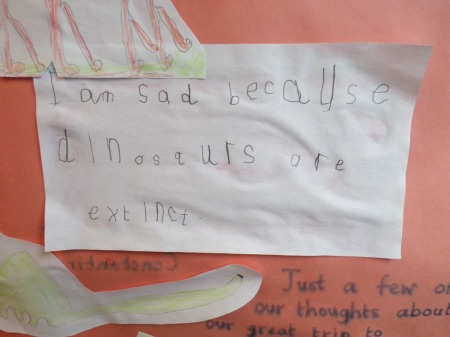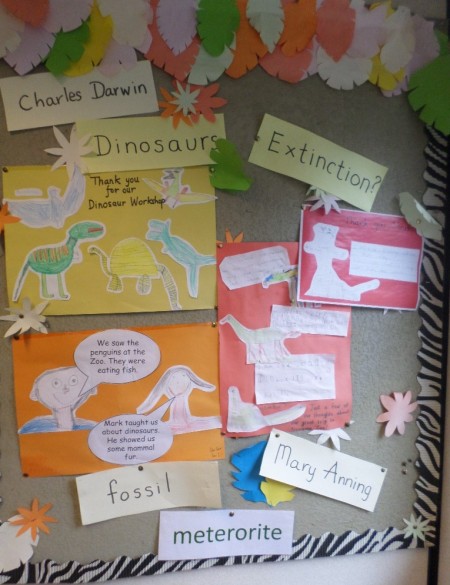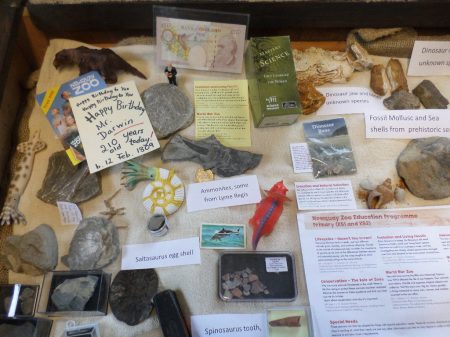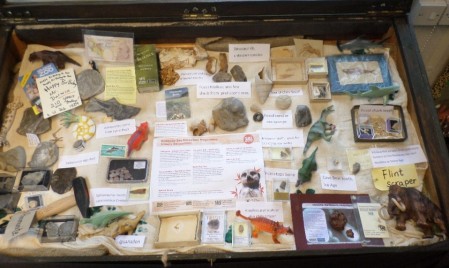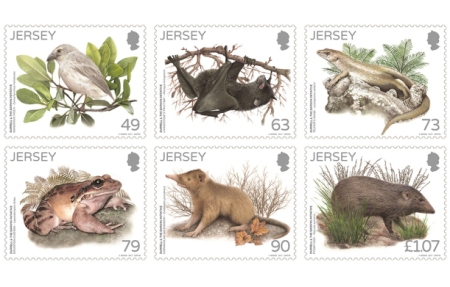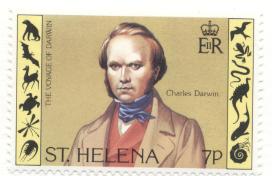
Charles Darwin as a young Victorian gentleman of science, during Voyage of The HMS Beagle, during which he visited the island of St. Helena 1982 Stamp issue 1982.
It’s Darwin Day today, an international celebration of Darwin’s travels, life and research.
Happy Birthday Charles Darwin, 215 years young …
What, we ask visiting Year 6 groups of 10 to 11 year olds , is the name of the most famous ship or boat and voyage in the world?
or if its a local school “What is the most famous boat or ship to have sailed into Cornish waters and Falmouth harbour?”
We get an interesting range of answers to this most famous or important voyage. “Titanic” is a very common answer! The Apollo mission “Eagle has Landed” is another curious one.
The correct version should of course be “The Beagle Has Landed”! (“One small step for a seasick man, one giant leap for mankind …”)

Darwin / Inheritance and Evolution is still a popular science curriculum topic or theme for Year 6 / Junior Primary visits to the zoo, and it’s especially interesting with our local Southwest Britain / Cornish connections to Darwin and his famous voyage.
Some of the HMS Beagle’s crew were from the Plymouth (still a ‘grey port’ or Royal Navy port) and Cornwall area.
He started his HMS Beagle voyage in Plymouth in 1831 and arrived home on October 1836 in Falmouth.

Plaque marking spot of Darwin’s landfall from HMS Beagle voyage, October 2 1836 in Falmouth and his departure home through Cornwall and Devon back to Shrewsbury by coach.
This is still marked in Falmouth with the 2009 ‘landfall’ plaque from the Darwin 200 celebrations. One object we mention to school groups or children to look out for when shopping or visiting in Falmouth.

Exciting to think that the tiny little HMS Beagle once docked in Falmouth (now home to the many boats of the National Maritime Museum Cornwall) and Darwin travelled home through the wild landscapes of Cornwall.

In my Darwin, Inheritance and Evolution year 6 talks last week at the zoo, I used as a ‘memory prompt’ one of my last few copies of the stamp book that Sandie Robb at RZSS and I put together back in Darwin 200 year in 2009. We tend to future focus our talk to think about how Darwin’s ideas are useful to zoo keepers today working in conservation.
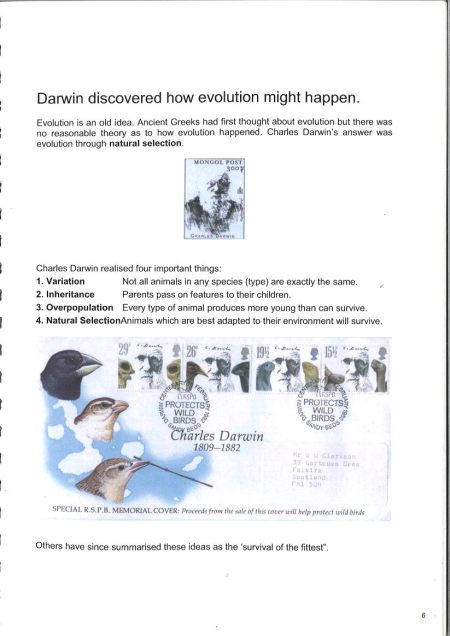
I am impressed by the amount of knowledge primary children have ‘soaked up’ about polar explorers like Shackleton or Scott, fossil hunters like Mary Anning or travelling scientists like Darwin. The biographical approach of the life story or adventures seems to work well and there are now many colourful children’s books out there for home education or classroom projects.
Darwin used the chance to study ‘live’ animal behaviour in animal collections in scientific zoos like ZSL London Zoo and the ‘dead zoo’ of museums extensively in his research. We mention this to school groups visiting today are following that tradition and wonder what Darwin would make of a modern zoo if he returned to wander around Edinburgh Zoo, or Newquay Zoo or London Zoo today.
Always interesting, the questions that we are asked about Darwin and animals and zoos by groups at the end of a mini-session chat over by an animal enclosure!

Charles Darwin the old Victorian gentleman of science, Mauritius – Darwin linked island 1982 stamps.
Best wishes for Darwin Day however you celebrate Darwin’s life, travels and writing …
RZSS Edinburgh Zoo https://www.edinburghzoo.org.uk/education/
Newquay Zoo https://www.newquayzoo.org.uk/wild-learning/
**** February 2024 – I have a last few couple of copies of the Darwin stamp book available post free to schools or other zoos (UK only) – contact me if interested by email via our website or our Newquay Zoo Education webpage. ****
Blog posted by Mark Norris, Newquay Zoo Education Department on 12 February 2024


